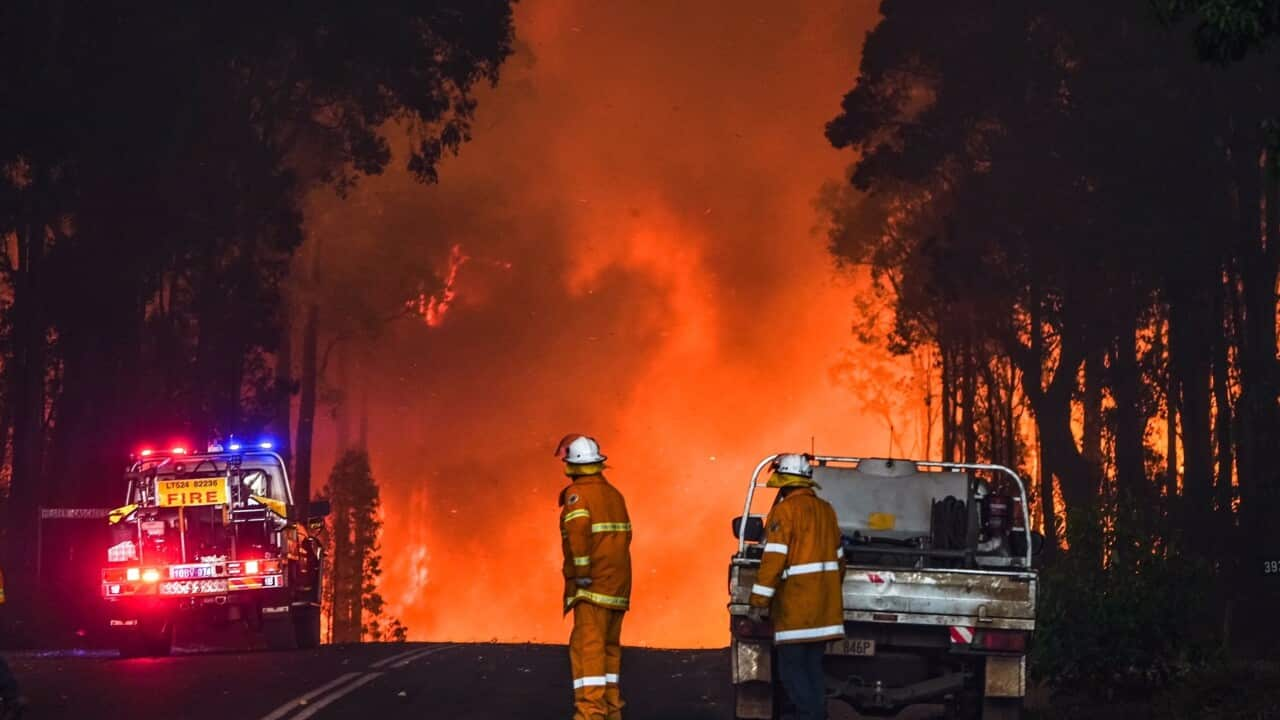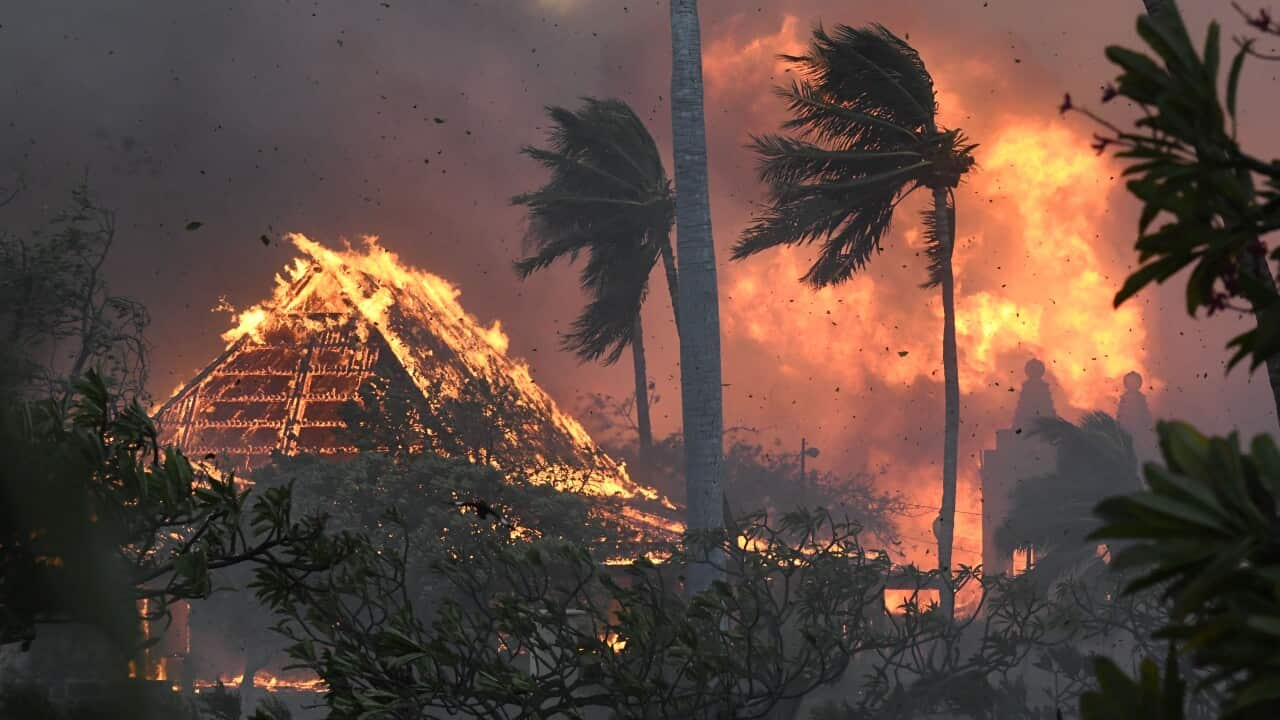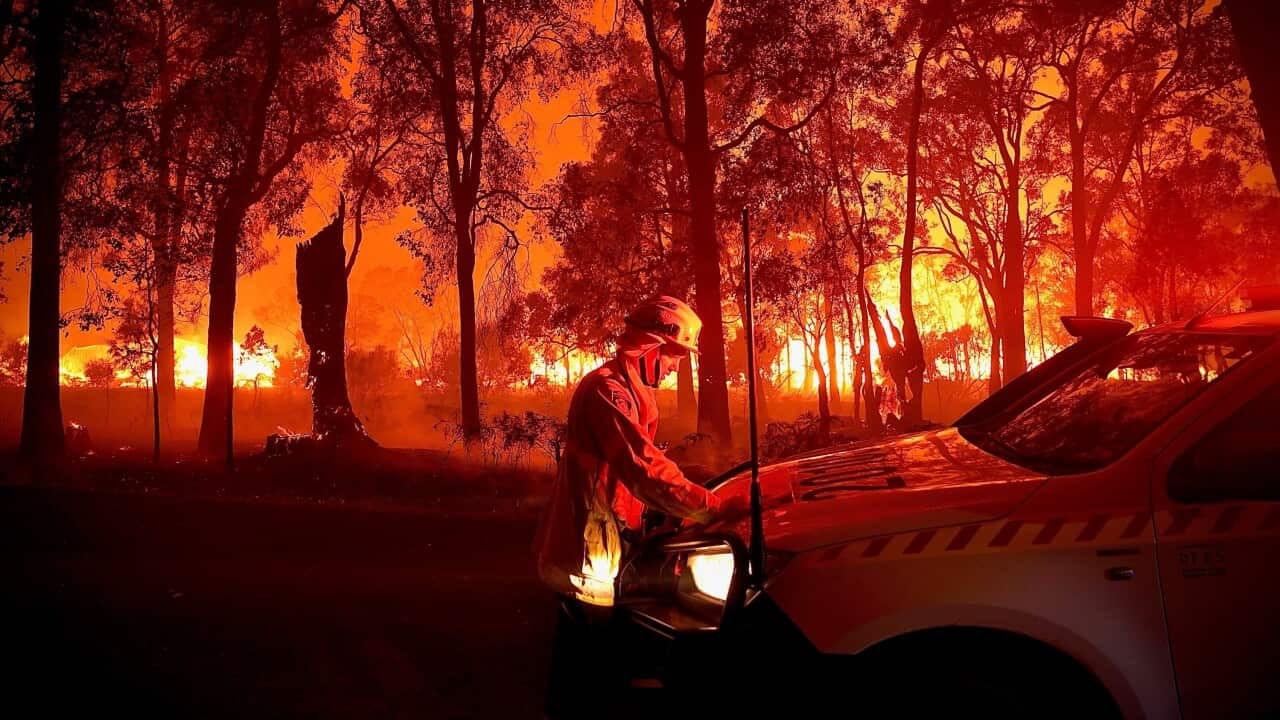Key Points
- Firefighting and disaster relief organisations have called for fresh volunteers amid a membership shortage.
- The recruitment drives come as authorities brace for a dry, hot spring and a higher-than-usual risk of bushfires.
- NSW firefighters responded to five times as many fires in August this year as they did in 2022.
Georgie Gretton has been fighting fires for nearly half her life.
Since joining the juniors program of Victoria’s Country Fire Authority (CFA) at the age of 12, and then moving up to her basic firefighting training when she was 16, the now 32-year-old says she “didn't really ever know any different".
“I sort of fell into it,” she says. “[But] I've had a lot of really interesting opportunities. I've got a lot of exposure to things that normally you wouldn't see in your day-to-day life, and I've made some really good friends.”
Juggling the role alongside her paid job as a paramedic while raising her 18-month-old daughter poses its challenges, she admits – but she is also quick to note that she and her husband “get as much out of our volunteering as we give".
“We get to do something really good for our community.”
Australia’s bushfire response sector is largely reliant on people like Georgie. Collectively, the nation currently boasts about 195,000 volunteers across its eight state and territory bushfire services.
But as the country enters its annual fire season, and with the Australasian Fire Authorities Council (AFAC) putting large areas of eastern and central Australia on high alert for the coming spring, there are concerns that its firefighting and disaster response organisations might need to increase their membership numbers in order to adequately protect and support at-risk communities.
On Friday, Disaster Relief Australia (DRA), in partnership with the NAB Foundation, issued an urgent callout for new volunteers to address a shortfall of some 3,000 members.

Victoria's Country Fire Authority Victoria's has about 52,000 volunteer members, but says it needs more daytime responders and young members in regional communities. Source: AAP
“After the fires go out, and the flood waters go down, there are very few organisations equipped with the unique skills and experience of DRA volunteers,” said DRA CEO Geoff Evans.
Due to more “protracted and frequent” disasters, he added, the DRA has forecast that volunteers will be spending three times as long on the ground in communities over the next two years.
The DRA's announcement came the same day that NSW's Rural Fire Service (NSW RFS) started the Bush Fire Danger Period for 32 local government areas across the state, noting that warm, dry conditions had increased the fire risk. For 11 of those areas, this year's danger period is starting a full month earlier than in previous years, according to RFS Commissioner Rob Rogers.
“Wet weather over the last three years has caused prolific growth, and as we move out of this incredibly wet period the bushfire risk is returning to NSW,” Rogers said. “Fire activity in recent weeks has increased as the landscape dries, forests and grasslands become more susceptible to fires."
“Since 1 August firefighters have responded to more than 2,031 bush and grass fires compared to 638 for the same period last year."
A spokesperson for the RFS said it had more than 70,000 members and was always open to more volunteers.
Victoria's CFA, which has about 52,000 volunteer members – more than 28,700 of whom are operational firefighters – has launched a recruitment campaign in an attempt to bolster its numbers, emphasising the need for daytime responders and young members in regional communities.
“Victorians should have every confidence that the CFA will do as it does every year and protect Victorians this summer,” said CFA chief officer Jason Heffernan. “CFA has a strong and committed volunteer membership comprised of highly-trained people delivering prevention, preparedness, and response activities for their communities across Victoria.”
Heffernan acknowledged that when it comes to human resources the CFA faces the same challenges as all volunteer-based organisations: namely, retaining members who are juggling other, competing demands for their time.
Georgie believes that to address that concern, “we need to reimagine the volunteering space".
“I think the big thing that's going to make a difference is that we need to change what volunteering looks like,” she says, noting that the rigid structure of volunteering organisations has historically made it hard for some people to commit. “We need to be providing more training online, we need flexibility in the delivery and training, and that might mean that we don't necessarily do all our training at the local level.”
When asked whether the CFA is prepared for the fire season ahead, she gives a simple response.
“As much as we are every year,” she says. “[As] CFA volunteers, this is our time to start to prepare and we make sure that all our trucks are equipped, and go back through our drills, and make sure that our crews are ready for whatever the fire season’s going to bring.”












